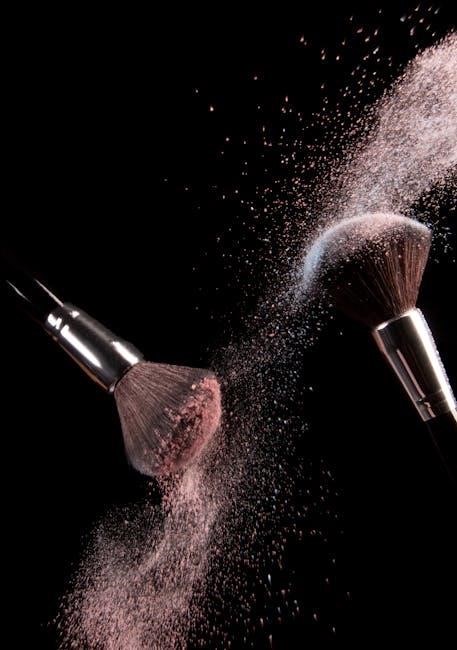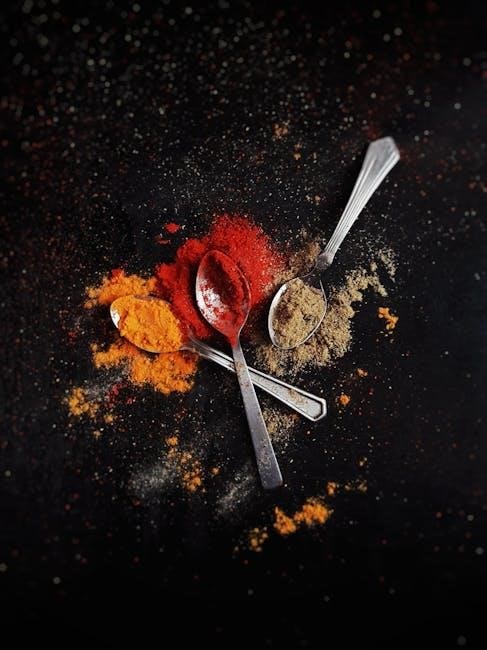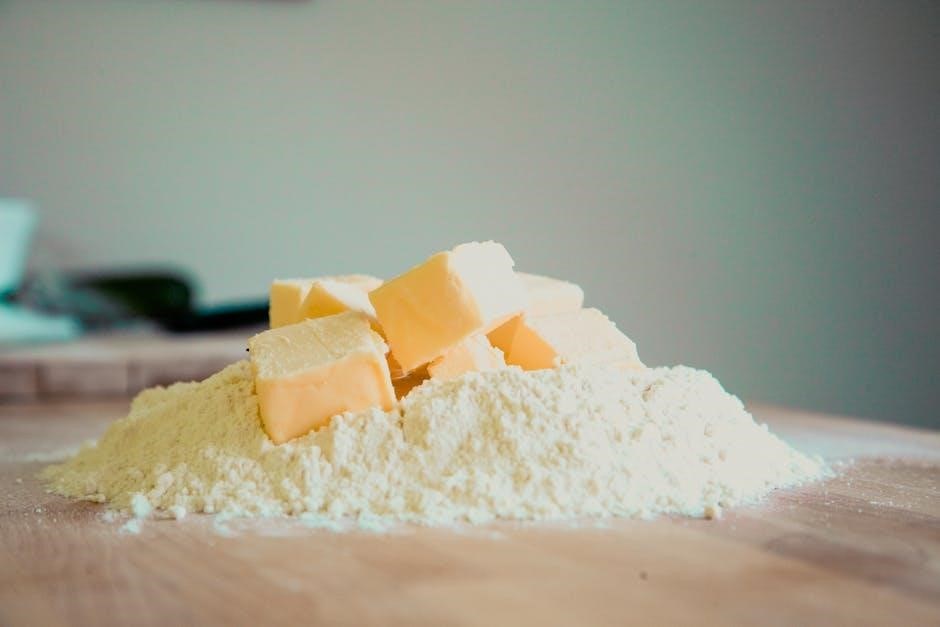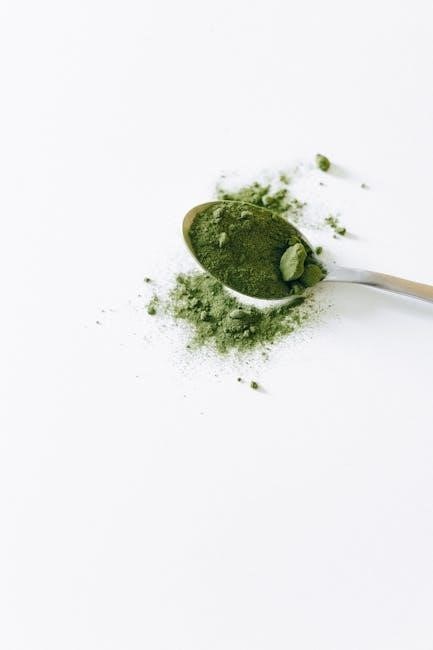MEC Powder Bushing Guide: An Overview
This guide provides a comprehensive look into MEC powder bushings and charge bars, essential for precise shotshell reloading. It will cover selection, usage, and finding the correct components for your reloading needs.
MEC, or Mayville Engineering Company, is a renowned manufacturer of reloading equipment, particularly for shotshells. Their products range from single-stage presses to progressive reloading machines, catering to both novice and experienced reloaders. MEC’s equipment is known for its durability, reliability, and precision, making it a popular choice among shooting enthusiasts. A key component of MEC reloaders is the powder bushing system, which allows for consistent and accurate powder dispensing. Understanding how these bushings work and how to select the right one is crucial for achieving optimal reloading results and ensuring safety while reloading shotshells for various shooting disciplines. MEC also offers accessories like wad guides.

Understanding Powder Bushings
Powder bushings are crucial components in MEC reloading presses, dictating the amount of powder dispensed. Understanding their function is key to achieving accurate and consistent shotshell loads.
What is a Powder Bushing?
A powder bushing is a small, typically cylindrical, component used in MEC reloading presses to measure and dispense a specific volume of gunpowder into a shotshell casing. These bushings are interchangeable, allowing reloaders to adjust the powder charge weight by selecting bushings with different internal diameters and volumes. They fit into the charge bar of the reloading press and work by gravity, filling with powder from a hopper and then dispensing it into the shell as the press is operated. Different bushing sizes correspond to different powder weights, which are usually indicated on MEC powder bushing charts; These charts help reloaders to select the appropriate bushing for their desired load.
Purpose of Powder Bushings in Reloading
The primary purpose of powder bushings in shotshell reloading is to provide a consistent and accurate method for dispensing gunpowder. Consistency in powder charges is crucial for achieving uniform velocities and patterns, ensuring reliable and safe shooting performance. Bushings allow reloaders to fine-tune their loads to match specific recipes and desired performance characteristics. By selecting the correct bushing size, reloaders can achieve the precise powder weight recommended for their chosen shotshell components and intended application, whether it be target shooting, hunting, or other shooting sports. This precise control over powder charge is vital for safety and optimal results.

MEC Powder Bushing Charts

MEC powder bushing charts are essential tools for reloaders. They provide data to select the correct bushing for the desired powder charge weight and ensure safe and consistent reloading practices.
Importance of Using MEC Powder Bushing Charts
Using MEC powder bushing charts is crucial for safe and consistent shotshell reloading. These charts provide data that ensures you select the correct bushing for your desired powder charge, preventing overcharges or undercharges, which can lead to dangerous situations or poor performance. They account for variations in powder density, ensuring accurate powder drops.
Moreover, these charts help maintain consistency in your reloads, leading to better accuracy and reliability. Referencing the charts helps you select the optimal bushing size based on the type of powder being used, shot weight, and shell size, contributing to the overall quality and performance of your reloaded ammunition.
How to Read a MEC Powder Bushing Chart
Understanding a MEC powder bushing chart is vital for effective shotshell reloading. Start by identifying your specific powder type. The chart lists various powders with corresponding bushing sizes and charge weights. Locate your powder on the chart and note the recommended bushing size for your desired powder weight in grains.
The chart also considers shot size and weight, so ensure you’re using the correct data for your load. Pay attention to the specific MEC charge bar being used. The chart displays the volumetric capacity of different MEC bushings, helping you correlate bushing size to powder weight for optimal performance and safety.
Factors Affecting Powder Drop Weight
Several factors influence the actual powder drop weight when using MEC powder bushings. Powder density varies between brands and even within batches, causing discrepancies. Humidity can affect powder flow, leading to inconsistent drops. The smoothness of the reloading press operation, including consistent handle pressure, also plays a role.
Vibrations or movement during the reloading process can disrupt powder settling in the bushing. Furthermore, variations in the bushing itself, even within the same size, can impact powder volume. Lastly, the angle and duration of the charge bar’s movement can influence the final powder weight dispensed into the shotshell.

Selecting the Right Powder Bushing
Choosing the correct MEC powder bushing is vital for achieving accurate and consistent loads. This section will guide you through matching powder, shot, and shell sizes for optimal results.
Matching Powder Type to Bushing Size
Selecting the correct powder bushing size requires careful consideration of the specific powder being used. Different powders have varying densities and granular structures, which significantly impact how they meter through a bushing. Always consult MEC powder bushing charts to find recommended bushing sizes for your chosen powder. These charts provide data on volumetric capacity and powder weight for each bushing size.
Using the correct chart ensures that you achieve the desired charge weight. Powders like Alliant shotshell powders have specific bushing recommendations. A mismatch can lead to under or overcharging, affecting performance and safety.
Considering Shot Size and Weight
When reloading shotshells, shot size and weight are crucial factors that influence the selection of the appropriate MEC charge bar. The charge bar determines the amount of shot dispensed in each shell. MEC charts provide guidance on matching the correct charge bar to the desired shot load.
Progressive and single-stage charge bars cater to different reloading needs, and skeet special bars are designed for specific skeet loads. Understanding the nuances of lead and steel shot is also essential, as they have different densities. Always refer to chilled shot conversion tables when necessary to ensure accurate measurements.
Accounting for Shell Size
Shell size is another critical consideration when selecting a MEC powder bushing and charge bar for reloading. Different shell sizes require different powder and shot charges to achieve optimal performance. MEC provides charts that specify the appropriate bushing and charge bar combinations for various shell lengths and gauges.
Using the wrong combination can lead to under- or over-filled shells, affecting velocity and pattern. Always consult the MEC powder bushing chart and charge bar selection guide to ensure you choose the correct components for your specific shell size and desired load.

Types of MEC Charge Bars
MEC offers various charge bars designed for different reloading needs, including progressive, single-stage, and specialized bars like the Skeet Special. Knowing the type is key.
Progressive vs. Single Stage Charge Bars
MEC offers both progressive and single-stage charge bars, each suited for different reloading styles. Progressive charge bars are designed for high-volume reloading, automating multiple stages simultaneously. This speeds up the process, making it ideal for reloaders who need to produce a large quantity of shells quickly.
Single-stage charge bars, on the other hand, require manual operation for each step, offering more control and precision. While slower, they are preferred by reloaders who prioritize accuracy and consistency over speed. Single-stage bars are also excellent for developing new loads or working with a variety of powder types. Choosing between the two depends on individual needs and reloading preferences.
Skeet Special Charge Bars
MEC Skeet Special charge bars are specifically designed for skeet shooting enthusiasts, offering precise and consistent powder and shot drops essential for competitive performance. These bars are calibrated to deliver the optimal load for skeet loads, typically a lighter charge weight and a smaller shot size.
Skeet Special charge bars can improve shot patterns and reduce recoil, contributing to better scores on the skeet field. These specialized bars provide reloaders with a reliable and accurate way to produce ammunition tailored to the unique demands of skeet shooting, ensuring consistency and enhancing the overall shooting experience. Using the right tools is crucial.
Chilled Shot Conversion Tables
Chilled shot conversion tables are valuable resources for reloaders, especially when working with MEC reloading equipment. These tables aid in converting the volumetric measurements of chilled shot to equivalent weights, ensuring accurate and consistent loads. Because chilled shot’s density can vary, relying solely on volumetric measurements can lead to inconsistencies.
Conversion tables provide the necessary data to adjust powder and shot charges accordingly, achieving the desired payload weight. By referencing these tables, reloaders can maintain precision and optimize their shotshells’ performance, regardless of the specific batch of chilled shot used. This is a critical component for accurate shotshell reloading.

Troubleshooting Powder Bushing Issues
Addressing common problems like inconsistent powder drops and powder bridging ensures accurate and reliable reloading. This section offers solutions for smooth and consistent powder dispensing;
Inconsistent Powder Drops
Inconsistent powder drops can significantly impact shotshell performance. Several factors contribute to this issue. One common cause is variations in powder level within the hopper, affecting pressure on the bushing. Ensure the hopper is consistently filled to maintain uniform weight. Another factor is the powder itself; some powders, particularly flake powders, meter less consistently than ball powders.
Check for proper bushing alignment and secure mounting to prevent powder leakage or uneven dispensing. Environmental factors like humidity can also affect powder flow. Regular cleaning of the bushing and charge bar is crucial to remove powder residue. Lastly, verify the MEC press operation, ensuring smooth and complete cycling for consistent powder throws.
Powder Bridging
Powder bridging occurs when powder granules clump together, obstructing the flow through the bushing. This leads to significantly reduced or completely absent powder drops, causing dangerous inconsistencies in your loads. Certain powder types, especially those with irregular shapes or a tendency to static cling, are more prone to bridging.
To prevent powder bridging, ensure your powder is stored in a dry, climate-controlled environment to minimize moisture absorption. Periodically agitate the powder in the hopper to break up any potential clumps. Polishing the inside of the powder bushing can also reduce friction and improve flow. Consider using a powder baffle or a vibrating device to promote consistent powder feeding.

Finding MEC Powder Bushings and Charts
Locate MEC powder bushings at Graf & Sons and MEC Outdoors, both offering online resources. MEC bushing charts are also available online, aiding in the correct selection process.
Where to Buy MEC Powder Bushings
Acquiring the correct MEC powder bushings is crucial for accurate shotshell reloading, and several avenues exist for purchasing them. Reputable online retailers, such as Graf & Sons, offer a wide selection of MEC reloading supplies, including various powder bushings. Directly contacting MEC Outdoors is another excellent option; their website and customer service can provide detailed information and direct sales.
Local gun stores and reloading supply shops often carry MEC products, allowing for in-person inspection and purchase. Always ensure the bushings are genuine MEC products to guarantee compatibility and performance.
Checking for availability and comparing prices across different vendors is recommended.
Online Resources for MEC Bushing Charts
Finding the correct MEC powder bushing chart is essential for accurate shotshell reloading. MEC Outdoors’ official website is a primary source, offering comprehensive charts and resources. Reputable reloading forums and communities often host user-created or archived charts, providing additional perspectives and data points.
Retailer websites like Graf & Sons frequently include bushing charts alongside product listings. Always verify the chart’s accuracy and applicability to your specific powder and reloading setup. Cross-referencing information from multiple sources is highly recommended to ensure consistent and safe reloading practices. Be sure the chart specifies the correct MEC model.

Additional MEC Reloading Accessories
Beyond bushings, MEC offers wad guides for smooth wad insertion and universal charge bars for adjustable powder and shot volumes, enhancing reloading precision.
MEC Wad Guides
MEC wad guides are invaluable accessories that streamline the shotshell reloading process by ensuring smooth and consistent wad insertion. These guides are designed to properly align the wad as it enters the shell, preventing it from catching or crumpling, which can lead to inconsistent loads and degraded performance. Proper wad insertion is crucial for maintaining consistent pressure and shot patterns, ultimately contributing to better accuracy and reliability in the field.
MEC wad guides are available for various gauges, ensuring compatibility with a wide range of shotshell reloading projects. They are easy to install and use, making them a popular upgrade for reloaders seeking improved efficiency and quality in their ammunition production.
Universal Charge Bars
Universal charge bars represent a significant advancement in shotshell reloading versatility. Unlike fixed charge bars that dispense a predetermined amount of shot and powder, universal charge bars feature adjustable cavities, allowing reloaders to fine-tune their loads to precise specifications. This adjustability is particularly beneficial when working with various powders or when seeking to optimize loads for specific shooting disciplines.
The ability to easily adjust shot and powder charges without the need to swap out entire charge bars saves time and money. These bars are compatible with MEC reloading presses and are an excellent investment for reloaders who demand precision and flexibility. They enhance the reloading process.

Modifying MEC Presses
MEC presses can be modified for enhanced precision and flexibility. Upgrades like universal adjustable charge bars and powder pressure compensators allow for fine-tuning and consistent powder drops.
Universal Adjustable Charge Bar
The Universal Adjustable Charge Bar represents a significant upgrade for MEC reloaders seeking greater control over their powder and shot charges. Unlike fixed bushings, this bar allows for on-the-fly adjustments, enabling reloaders to fine-tune their loads without swapping out components. This is particularly useful when working with various powder types or when seeking a specific velocity.
The adjustable nature of the bar accommodates a wider range of powder and shot weights, offering versatility for different reloading recipes. By precisely dialing in the desired charge, reloaders can achieve more consistent and accurate results, ultimately improving the performance of their shotshells. This modification enhances the reloading experience, providing greater customization and control.
Powder Pressure Compensator
The Powder Pressure Compensator is an aftermarket addition to MEC reloading presses designed to minimize variations in powder drops. This device helps to maintain consistent powder charges by regulating the pressure within the powder reservoir. Fluctuations in powder column height can affect the volumetric measurement, leading to inconsistencies in the amount of powder dispensed.
By stabilizing the pressure, the compensator ensures that each shotshell receives a more uniform charge, resulting in improved accuracy and reduced shot-to-shot variation. This is especially beneficial when using powders that are more sensitive to pressure changes. Installing a powder pressure compensator can lead to more reliable and consistent reloading results.
